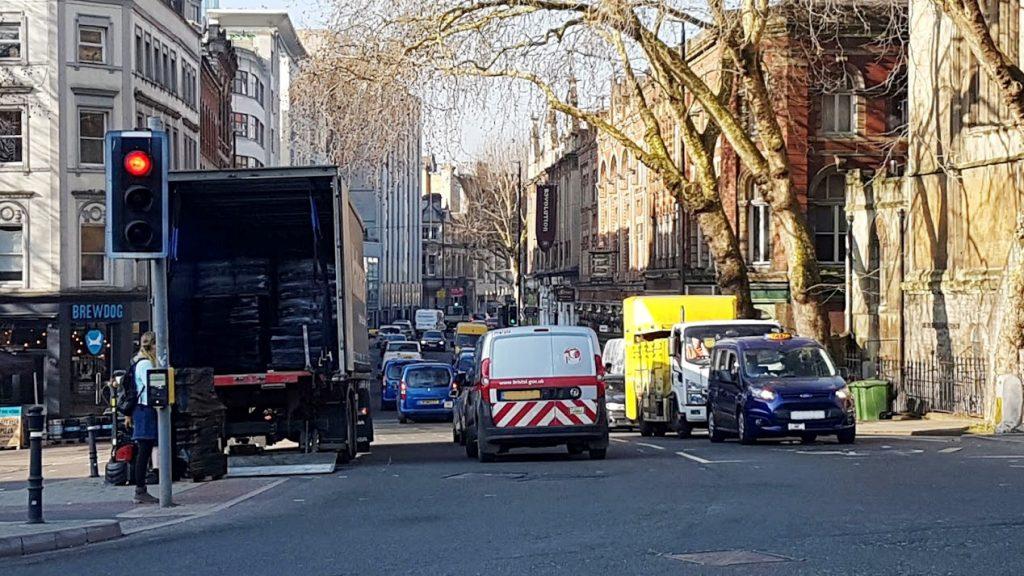The decision
Bristol’s Clean Air Plan was decided at a Cabinet meeting on 5th November.
The consultation last July/August asked for views on two options, a medium area zone in which older diesel commercial vehicles are charged, and a small area zone in which all diesel cars are banned between 7am and 3pm each day. Neither option reduced air pollution below legal limits soon enough, so the decision was to go for both options combined – a ‘hybrid’ option.
The local and national media picked up the story, focusing on the diesel car ban, which no other city has adopted. Whatever plan was chosen, it would impact some people adversely. City centre destinations like the BRI hospital and the SS Great Britain visitor attraction are concerned. Other viewpoints are captured in this BBC article.
Despite the diesel car ban, the projected date for compliance with legal limits is as late as 2025, later than other cities. The extensive and complex modelling shows that Bristol has a problem with a few particular city centre streets – other places reach compliance earlier.
The plan is projected to cost a staggering £113m to implement, much of it from the government, assuming that they approve the plan. And it will be a major project for the Council to undertake, absorbing resources that might otherwise be applied elsewhere. All this is the consequence of the vehicle emissions scandal in which manufacturers fiddled the tests, and the subsequent pressure by the EU and Client Earth to take action.
The Council’s work does not stop with this Cabinet paper. More work needs to be done on mitigations to ease the impact for some of those affected – exemptions and scrappage schemes. And the Council needs to negotiate with government to fund them. A full business case must be submitted by February 2020. The implementation date is March 2021.
Is it worth it?
Bristol Clean Air Alliance (BCAA) submitted a statement to the Overview and Scrutiny Commission on 30th October, welcoming a decision on a strong Clean Air Plan but raising a number of concerns. Council officers responded to those concerns in the meeting. Read the statement and the council responses here.
BCAA would have preferred that the medium area charging zone included cars (a ‘CAZ D’), as there are more cars than commercial vehicles and a CAZ D would force more behaviour change. But the Council preferred not to charge cars (a ‘CAZ C’), because many of those who would have had to change vehicle would be in low-income households.
This ‘sticking plaster’ Clean Air Plan will reduce NOx air pollution by 10% and will cause some people to review their mode of transport, which is welcome, even if not the whole answer. The climate emergency declaration and the 2030 zero carbon target require a radical change in transport in the city. It would be better to have a joined-up plan to tackle air pollution, congestion and the climate emergency. What is needed is a general reduction in single-user vehicles so that our narrow city centre roads can meet the travel demand whilst minimising air and noise pollution.
Alan Morris

